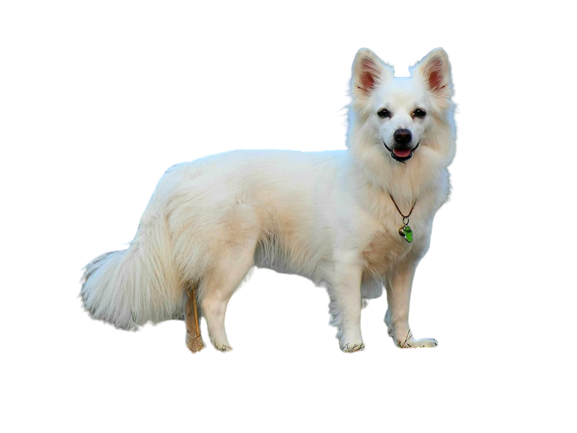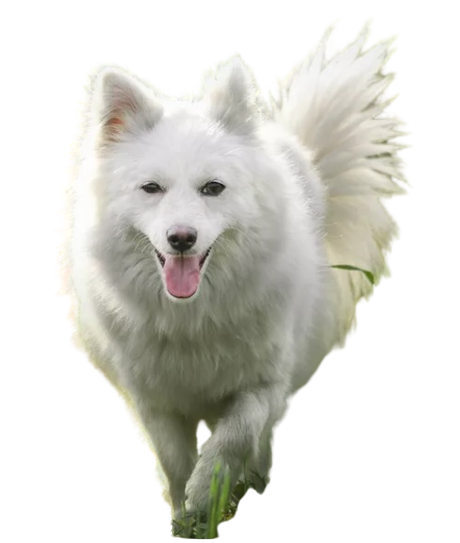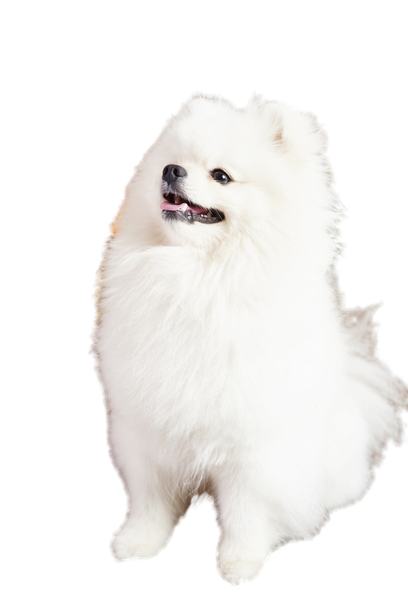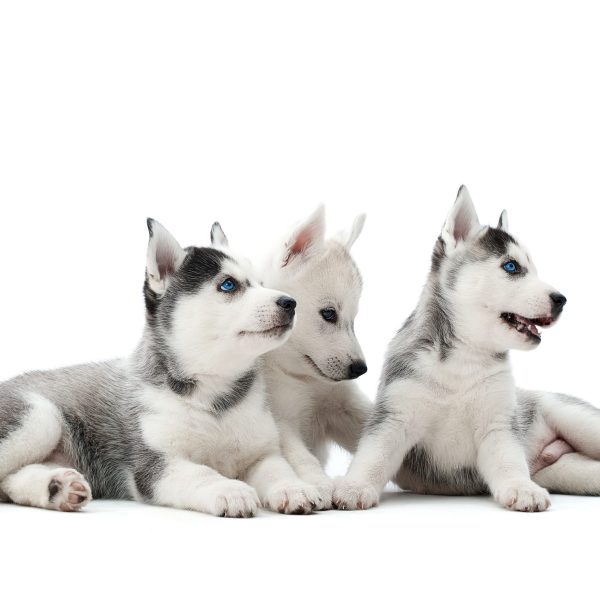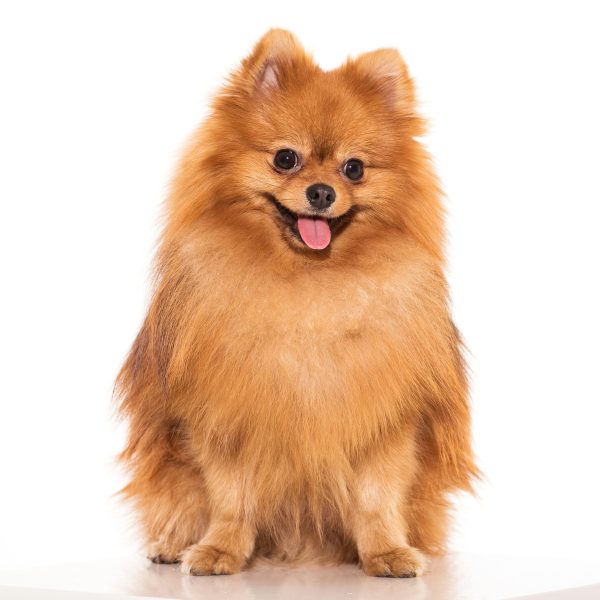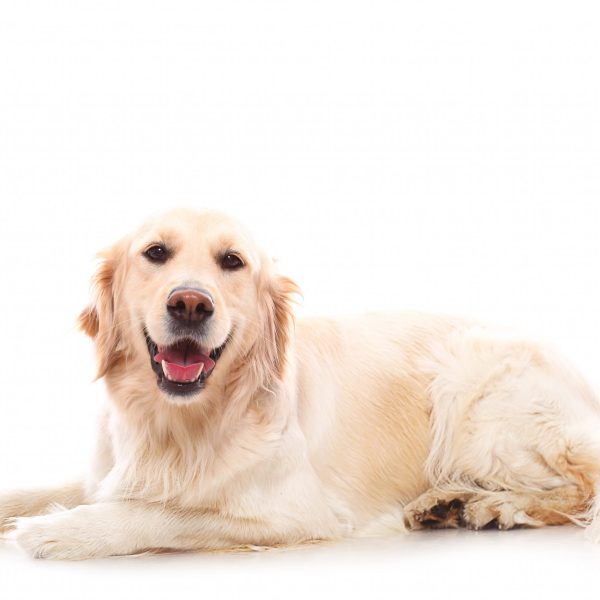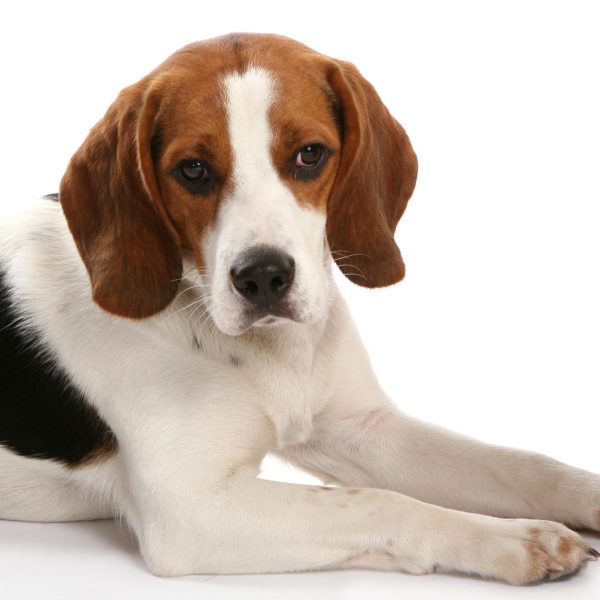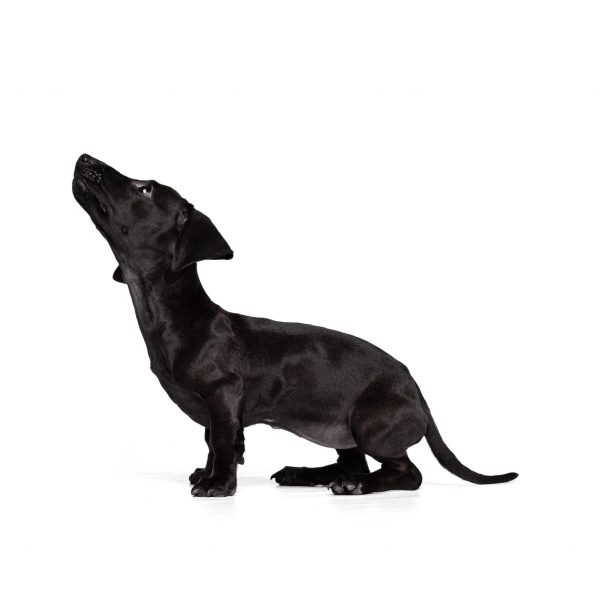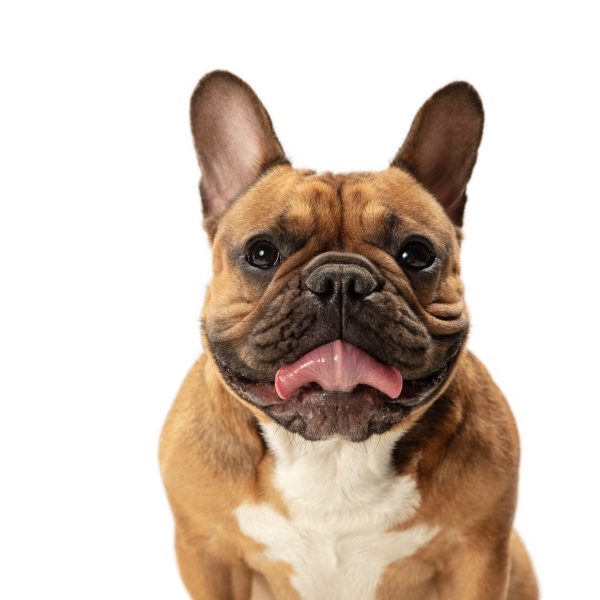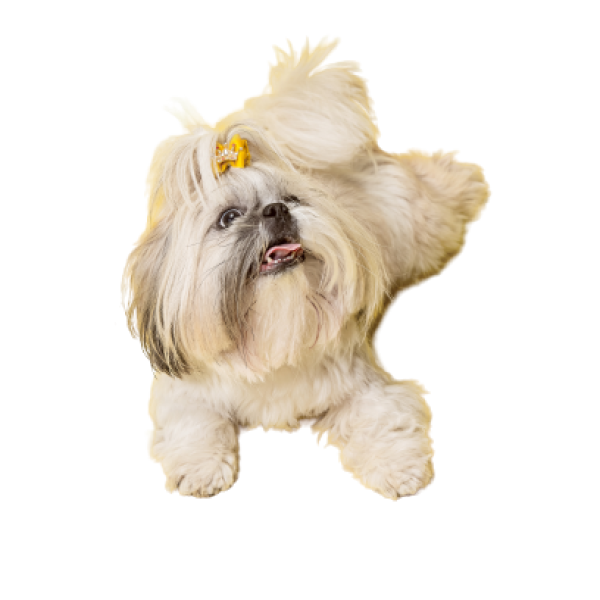Vital Stats
One of the most popular Indian dog breeds is the Indian Spitz. Largely thanks to their good nature, elegant looks and apartment-friendly natures, the Indian Spitz is an enduring and classic breed.
The Indian Spitz is especially prized for its intelligence, which is considered amongst the highest of the Indian dog breeds. In particular, they are considered to be highly empathetic and able to tell the intentions of a human very well.
The Indian Spitz is one of the most friendly dogs you can find. Despite their hunting instincts (yes, they were bred to hunt), they love and get along well with children and other pets. If they know who is part of the family, they will treat them as a protective and loving companion.
They are eager to please their owner. If you’re simply looking for a dog to perform tricks to show off to your friends, the Indian Spitz is for you. They also accept socialization and obedience training with open arms. These dogs are ideal even for novice trainers/owners.
Indian Spitzes are common choices for people who want ‘trick dogs’ because of their incredibly quick learning abilities. Let’s further explore these spitz-type dog breeds from India.
Dog Breed Group
Toy Dogs
Weight
5 to 20 Kg
Height
8 inches to 18 inches tall
Life Span
11 to 14 years
